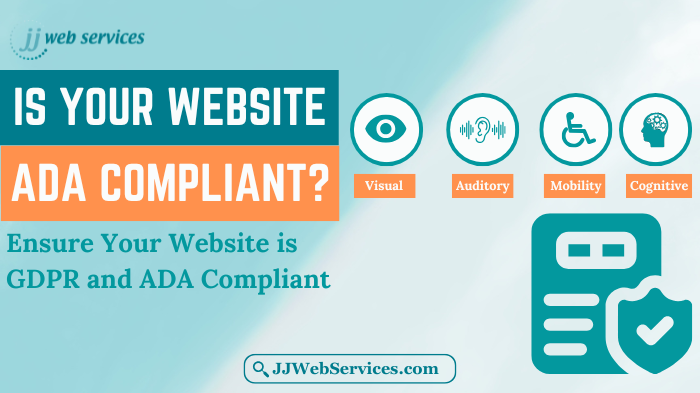7 Matchmaking tips to get the Right Landing Page with the appropriate keyword

Emily runs an online apparel store, which features multiple brands and has grouped apparel to specific fashion trends, for example, animal prints. The animal prints had a separate section. However, instead of her desired landing page, the home page keeps showing up in search results. This is not uncommon. As a result, people did not get the content they were looking for easily. The outcome is higher bounce rates and missed conversions.
From the webmaster view, keyword-to-landing page correlation is often unpredictable, but do not loose hope. You can take few actions to increase the chances of a better match.
We have listed 7 useful tips.
1. Tell relevant stories
Make sure you have enough content to pushing a page to search results. Even if your website is more product oriented and has images, try to add a short description to each item and highlight the unique selling point. Make sure the page content is appropriate from the reader’s angle.
Some Suggestions:
Use nicely formatted text to achieve your content goals, such as signups, purchases. The titles and sub titles should be informative and try to tell a story.. You can follow the inverted pyramid writing style i.e begin with the most exciting facts and gradually add details. Lastly, write short paragraphs.
2 Make a perfect recipe with your keywords:
On one hand, you should use exact keywords to show relevancy, on the other hand it should not be overdone to look unnatural. If you are writing about content marketing services, then introduce specific terms, such as SEO website content writing services, copywriting services, blog content and article writers. Google has a sophisticated algorithm to define co-occurring terms. These terms are not restricted to synonyms, however linguistic diversity and natural writing style do count.
3 Pick out wrong redirects
If a page relevant to your “jewellery” keyword by mistake got 301-redirected to a wrong URL, that URL has now a better chance to rank for “jewellery” than the intended page. Make sure you do not influence your rankings with improper redirects.
4 Pay a visit to your robots.txt file
Analyse your robots.txt file to make sure the search engines can reach your target landing page. It could happen that the pages of your site were occasionally blocked from indexation in robots.txt, no index meta tag or X-Robots-Tag.
5 Increase link authority
As home pages have more links and, therefore more authority, they tend to show up in search results instead of specific landing pages. If your targeted landing page is replaced by another page on the website (instead of homepage), try to look up the difference between the numbers of inbound links each page has. You will get a quick estimate on the number of links you get to make the right page to rank.
6 Give visitors what they’re looking for
Ranking the right page may take some time, so you can make some temporary fixes to improve your users experience. If the traffic for something specific like “animal print” were to be directed to the homepage rather than to a specific site section, a temporary solution could be to place a banner on the homepage to advertise animal prints. This will open up a path to the requested content.
7. Plan, Create, Track
The keywords will depend on the site of the website and the variety of topics for which you will have about a dozen of high-priority keywords. Create a keyword-URL match list for each of these priority keywords, and track them, along with your regular rank checks. You can do so with the help of the latest tools. With the assistance of these tools, you can select a landing page to rank with a particular keyword, and get notified when a wrong page is found.



